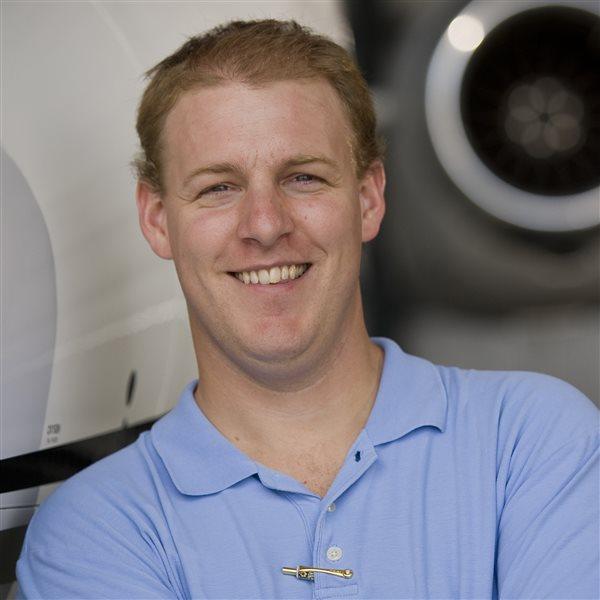August 1, 2010, is a day that will live in infamy for many aspiring professional pilots. It’s on that day that President Barack Obama signed the Airline Safety and FAA Extension Act of 2010. Although the primary purpose of the bill was to extend the FAA’s funding, the airline safety aspect is the real news.
The law requires, among other things, that the FAA develop a database that tracks an airman’s complete record, including all checkride failures. Airlines must also maintain records, including “the training, qualifications, proficiency, or professional competence of the individual, including comments and evaluations made by a check airman, any disciplinary action taken with respect to the individual that was not subsequently overturned, and any release from employment or resignation, termination, or disqualification with respect to employment.” Airlines must request this data prior to hiring a pilot. Airline cockpit crewmembers, beginning in August 2013, must hold an airline transport pilot certificate, which requires a minimum of 1,500 hours, and must receive training in icing, the multicrew environment, high-altitude operations, working in an air-carrier environment, and professional standards.
It’s not hard to see that this law is going to have a major impact on airline hiring, and on flight instruction and learning to fly. When airline hiring comes back, and it will, the initial wave of flight instructors will be qualified, given that many have been instructing for some time already and likely have 1,500 hours. After that, it’s anyone’s best guess what will happen. In the hiring boom of the middle of the last decade, pilots were being hired with 250 hours.
Last year I attended a summit at Delta Connection Academy, and an industry representative said that if the law passed he was going to buy a fleet of old Cessna 152s and rent them for $40 an hour. He may have been joking, but it’s not a farflung scenario. By the law’s logic, a pilot with 1,500 hours who’s been out of the cockpit for 15 years is more qualified than one fresh out of school with jet training. The wacky scenarios are endless.
The law is a direct reaction to the crash of Colgan Air Flight 3407, an accident almost completely attributable to pilot error. It was revealed after the accident that the captain had failed a number of checkrides and performed in a substandard way throughout airline training. Thus the requirement for the pilot records. So although an airline can still hire a pilot with failures, the airline will be made aware of all of them. The pressure put on students looking to fly for an airline will now be immense from day one, and the requirement will likely lead to understanding nods and students sliding through the process simply because a blemish could mean the end of their career.
At the summit, someone asked Rep. John Mica (R-Fla.) what the airlines will do when they don’t have enough qualified pilots to choose from. Mica said there will be a "market solution." The Colgan captain made it through training at the airline, as so many other underperformers do, because it’s expensive to train pilots and Colgan was struggling to find them—a situation that will be made worse thanks to this new law. Market solution, indeed.
The real irony? Under the new law both the Colgan captain and the first officer would have been fully qualified. Better training and instilling a more professional attitude are the ways to improved safety. That’s as true for general aviation and basic flight training as it is for the airlines.



